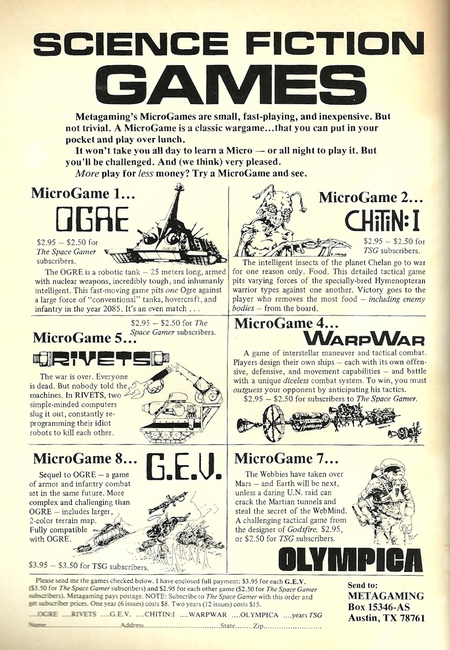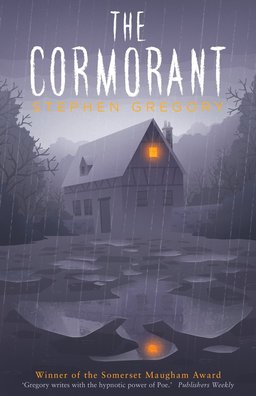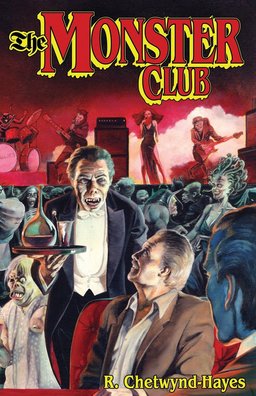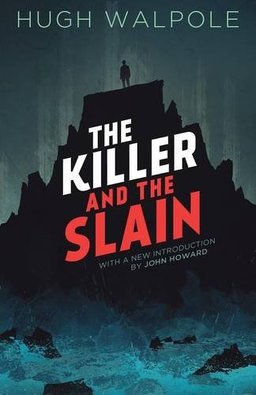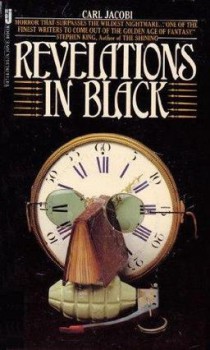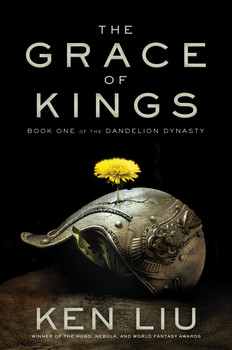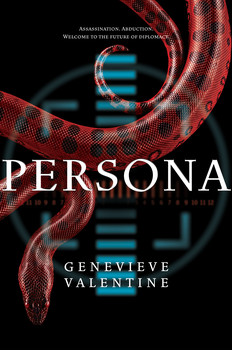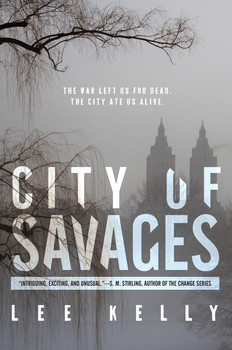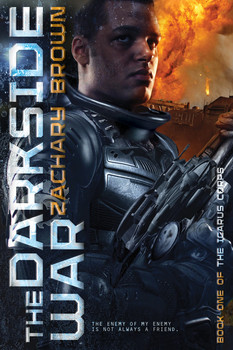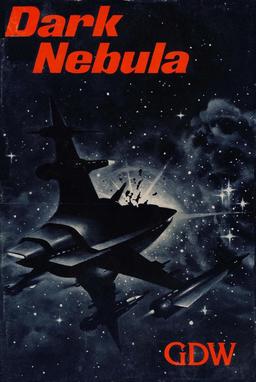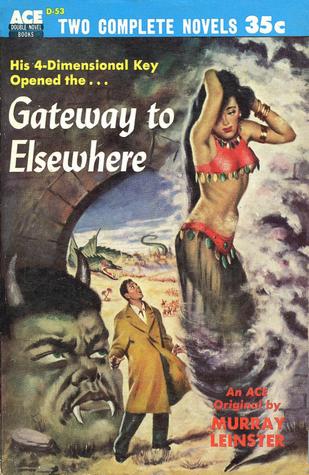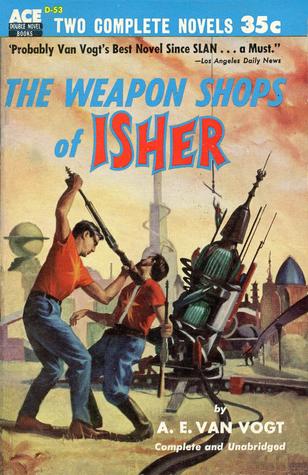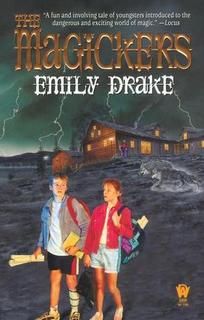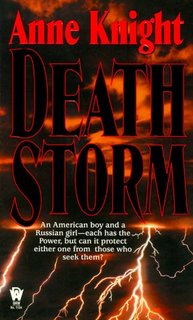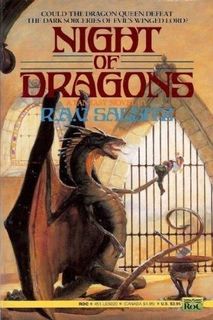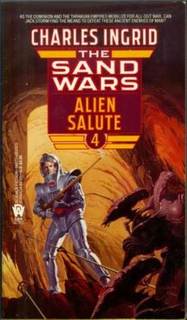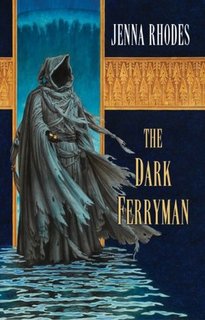The Roots of Microgaming: The Classic Games of Metagaming
I’ve been writing a lot about board gaming recently. It’s been a big part of my life ever since the late 70s, when I responded to an ad for a line of new “microgames” from a company called Metagaming.
I saw the above ad on the inside cover of Analog magazine, which I started reading with the April 1997 issue, when I was 12 years old. Responding to ads in comics and magazines was something you did in the 70s; don’t look at me like that. Honestly, it was perfectly normal. You mailed a check to some address in Texas, and four weeks later a tiny package arrived in the mail containing X-ray glasses, sea monkeys, or a Polaris Nuclear Submarine. Seriously, the US Postal Service and your mother’s checkbook were all you needed to access all the wonders of the world in the 1970s.
Well, the wonder that attracted my attention in the Fall of 1978 was an advertisement for SCIENCE FICTION GAMES from a company called Metagaming (click on the image above, from the inside cover of the October 1978 Analog, for a high-res version). I’d already taken my first steps into the hobby games market with the classic wargames of Avalon Hill, including Panzer Leader and Starship Troopers. But they were massive, requiring half an hour or more of set-up, and four to six hours to play. These mini-games looked portable and promised to be “fast-playing and inexpensive… a classic wargame that you can put in your pocket and play over lunch.”
